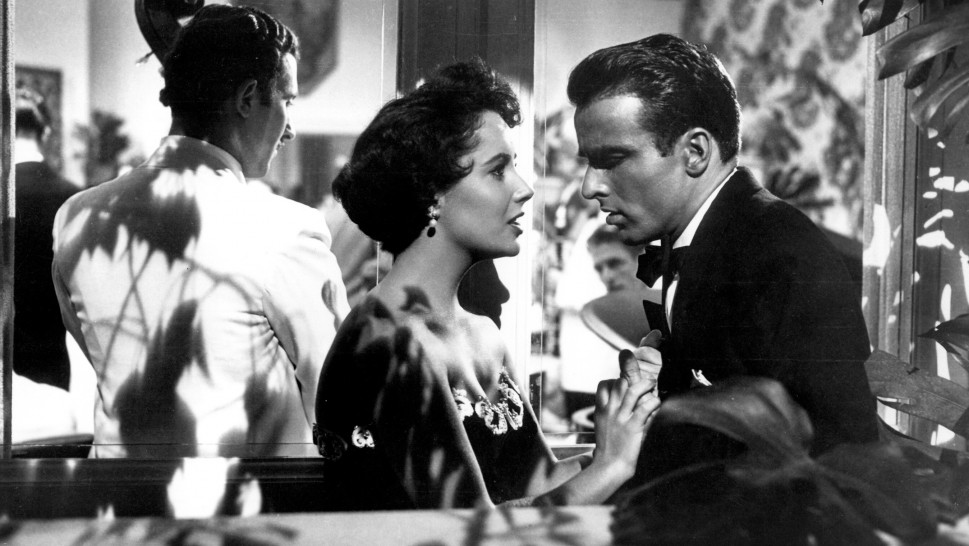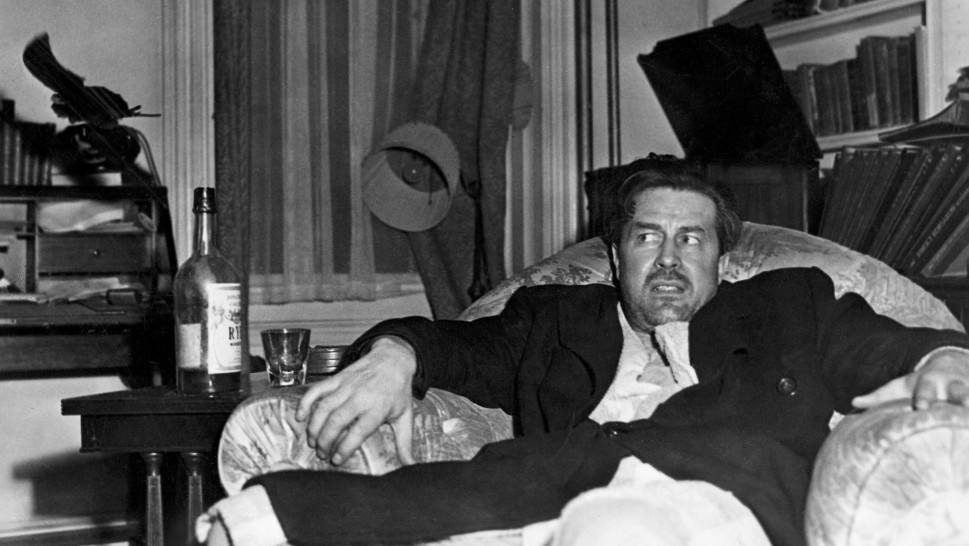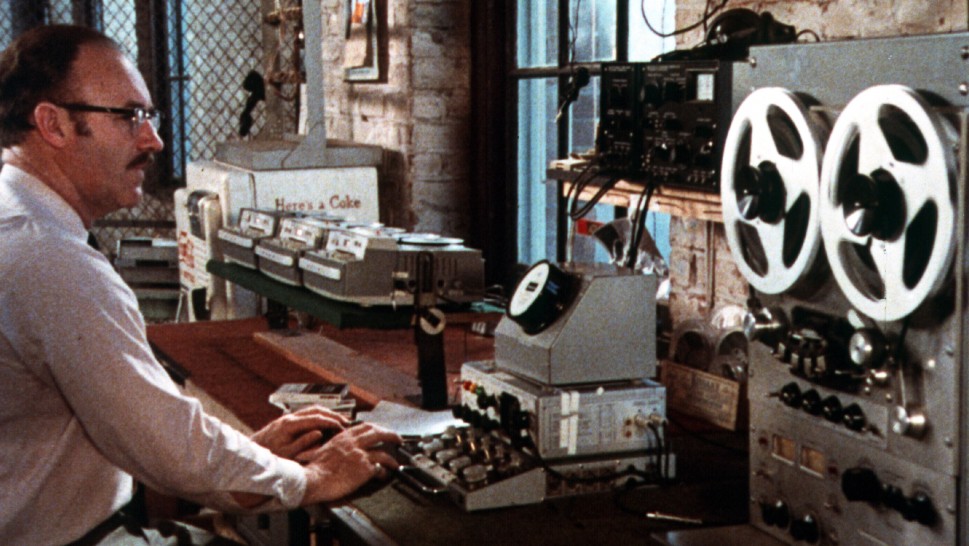




100 Years of Paramount Pictures
One of the most important forces in the history of American cinema was born in 1912, when Adolph Zukor (1873 – 1976) formed a production and distribution company called Famous Players. Already a wealthy entrepreneur when he entered show business around the turn of the century, the Hungarian-born Zukor began with penny arcades and then nickelodeons, small movie theaters that featured programs of one-reel films. Convinced that there was money to be made in longer films, in July 1912, he imported a four-reel French film starring Sarah Bernhardt as Elizabeth I which would become the first of his studio’s many box office successes.
Almost exactly one century later, the Harvard Film Archive launches a centennial tribute to Paramount Pictures, the name Zukor gave to his company in 1916 when he joined forces with producer Jesse Lasky and a distribution company named Paramount. The sensation created by Bernhardt’s Queen Elizabeth had helped lure famous stage performers into film studios and re-oriented moviemakers towards feature films. Meanwhile, Jesse Lasky sent Cecil B. DeMille to Los Angeles to shoot a Western in 1913, The Squaw Man, whose popular success ensured the careers of both men and led to the relocation of the US film industry to Hollywood.
True to its dramatic origins, Paramount has been of the most storied companies in American film history with Zukor and his successors amassing a dazzling stable of stars that upheld Zukor’s slogan of the original company —“Famous players in famous films.” Indeed, Paramount had one of the most robust rosters of movie stars of any of the major studios: Marlene Dietrich, Gary Cooper, W.C. Fields, Miriam Hopkins and Fredric March, and later Barbara Stanwyck, William Holden, Alan Ladd and Veronica Lake.
The 1930s and early 1940s marked one of Paramount’s golden eras with the studio attracting many of the most talented filmmakers in Hollywood, among them the emigres Josef von Sternberg, Ernst Lubitsch, Rouben Mamoulian and Billy Wilder who brought an air of European sophistication to the studio’s releases, offering a refreshing contrast with the acerbic grit of Warner Brothers and the homespun gloss of MGM.
Paramount’s second golden age arrived when Robert Evans was appointed studio production head, a position he held from the late 1960s through the mid-1970s, a reign that saw the release of Rosemary’s Baby, the first two Godfather films, Serpico, Chinatown and The Conversation, a meteoric line-up that placed the studio at the very heart of the “new American cinema.”
Paying tribute to the “two ages” of Paramount, the Harvard Film Archive offers a series of the studio’s greatest films of the 1930s and Robert Evans years, while rounding out the transitional time before, between and beyond with such diverse classics as Cecil B. DeMille’s The Cheat (1915) to two underappreciated gems from the early 1980s that find Hollywood reflecting on its past: Robert Altman’s Popeye and Blake Edwards’ S.O.B. — David Pendleton




































